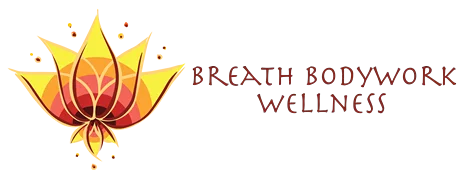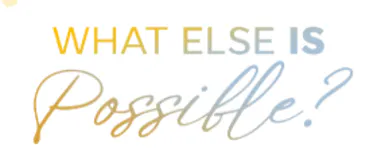Pain Relief

The Pain Cycle
The pain cycle is a complex chain of events, which reinforce each other. It often begins with injury or illness, but each element, especially stress, can add to or even start to cycle. Massage is unique in addressing most of the pain cycle elements.
Pain
You perceive pain when your body releases chemicals that stimulate nerves to send pain messages to the brain. These are difficult, and dangerous, to ignore.
Always look for and treat the cause of your pain. At the same time, you can use massage to directly affect how you experience chronic, persistent pain. Research suggests that massage stimulates release of natural pain-relievers such as endorphins. It can also reduce the devastating grip of pain as you focus on the pleasant sensation of relaxation.
Muscle tension
Muscles automatically contract around any painful site to support and protect the area. If pain is resolved quickly, muscles relax. If pain persists, muscles can become habitually contracted. Sometimes contractions press on nerves causing tingling, numbness, and more pain.
Massage helps by stretching tight muscles and by stimulating the nervous system to relax muscle tension.
Reduced circulation
Like a sponge that is squeezed, a contracted muscle can’t hold much fluid. Tight muscles reduce circulation, allowing waste products for inflammation and normal muscle function to accumulate. This can leave you feeling fatigued and sore, reducing your energy reserves. It can also irritate nerves, causing pain to spread throughout the tense area.
Massage releases contracted muscles and pushes circulation toward the heart. Also, as massage relaxes the nervous system, blood vessels dilate to increase blood flow. Waste products are flushed away and replaced with healing oxygen and nutrients.
Trigger Points
Over time, areas with poor circulation form trigger points – highly irritable spots that refer pain, tingling or other sensations elsewhere in the body, usually in predictable pattern. As muscles tense around referred pain, the pain cycle spreads.
Trigger points respond well to standard massage techniques such as sustained pressure, ice massage, and muscle stretching.
Stress and Pain
Our physical reactions to stress reflect how we evolved in prehistoric times. Muscles tense for action and circulation decreases to areas not needed to fight or run. This helped cavemen survive the saber-toothed tiger, but unfortunately does not help with modern stresses such as family conflicts, work deadlines, or money worries. When stress is unrelieved, our bodies tense further into an anxious, irritable posture. Stress induced muscle tension and impaired circulation can and do contribute directly to the pain cycle.
To make matters worse, chronic pain itself is a major source of stress. It drains you emotionally, robbing you of the patience and stamina you need just to get through a day. It interrupts your sleep, leaving you tired and irritable. You worry about its cause and if you will ever get better. As pain makes normal activity difficult, your anxiety increases. Will you be able to keep working? Where will you get the money for treatment? Will you become dependent on others?





